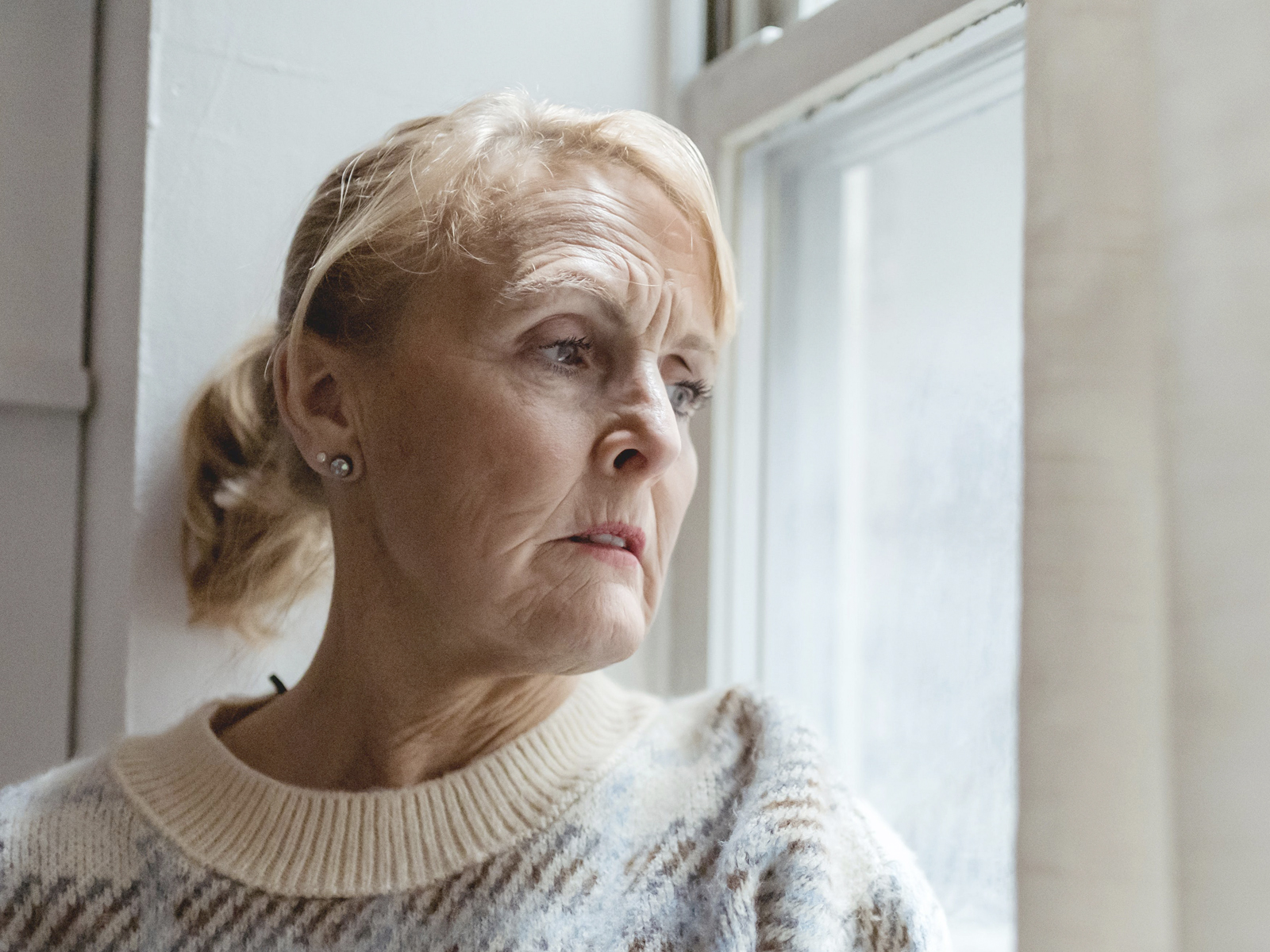Stemming the opioid crisis in older Canadians
Those of us who didn’t know any-thing different believe that its younger adults who are taking potent street opioids and are the tragic victims of the skyrocketing number of life-threatening overdoses.
However, according to a recent report by the NIA called, Out of Sight, Out of Mind: Addressing the Invisible and Older Faces of Canada’s Opioid Crisis it’s older Canadians who actually have the highest consumption rate and overreliance on prescription opioids. Apparently, Seniors are also subject to the greatest number of narcotic related side effects and associated mortality.
As a potent pain-relieving treatment, opioids are known to be used a widely to treat pain—especially in older adults- but they also have the potential for both misuse and addiction. The report suggests, however, that there has been little serious discussion related to the age-related metabolic effects of:
•The common practice of increasing doses to combat persistent pain in seniors
•Often hidden dangers that come with taking other medications, particularly sedatives along with narcotics
•The diminished qualify of life that comes with side-effects such as nausea and constipation.
Be it in long-term care where rising rates of opioid use disorder (OUD) are concerning, or the increased number of prescriptions for at-home use, research shows that Canada remains one of the largest consumers of prescription opioids in the world. On top of that, current numbers are believed to be underreported and awareness, prevention, screening and treatment services are said to be lacking.
Calling for an improved public health response in line with the recently developed Canadian Guidelines on OUD among older adults produced by the Canadian Coalition for Seniors Mental Health, the report’s authors suggest six evidence informed policy recommendations including increasing the use of other therapies before climbing on the opioid ladder, enhancing health care provider education and training, and better guidelines for long-term care settings.
And, one personal recommendation as the daughter of a mother of developed OUD in long term care, that disappointingly the report doesn’t really discuss, education and sharing of better information with family members and caregivers.
After all, if we don’t understand the risks, we can’t be part of the cure!
Caroline Tapp-McDougall
Editor/Publisher














